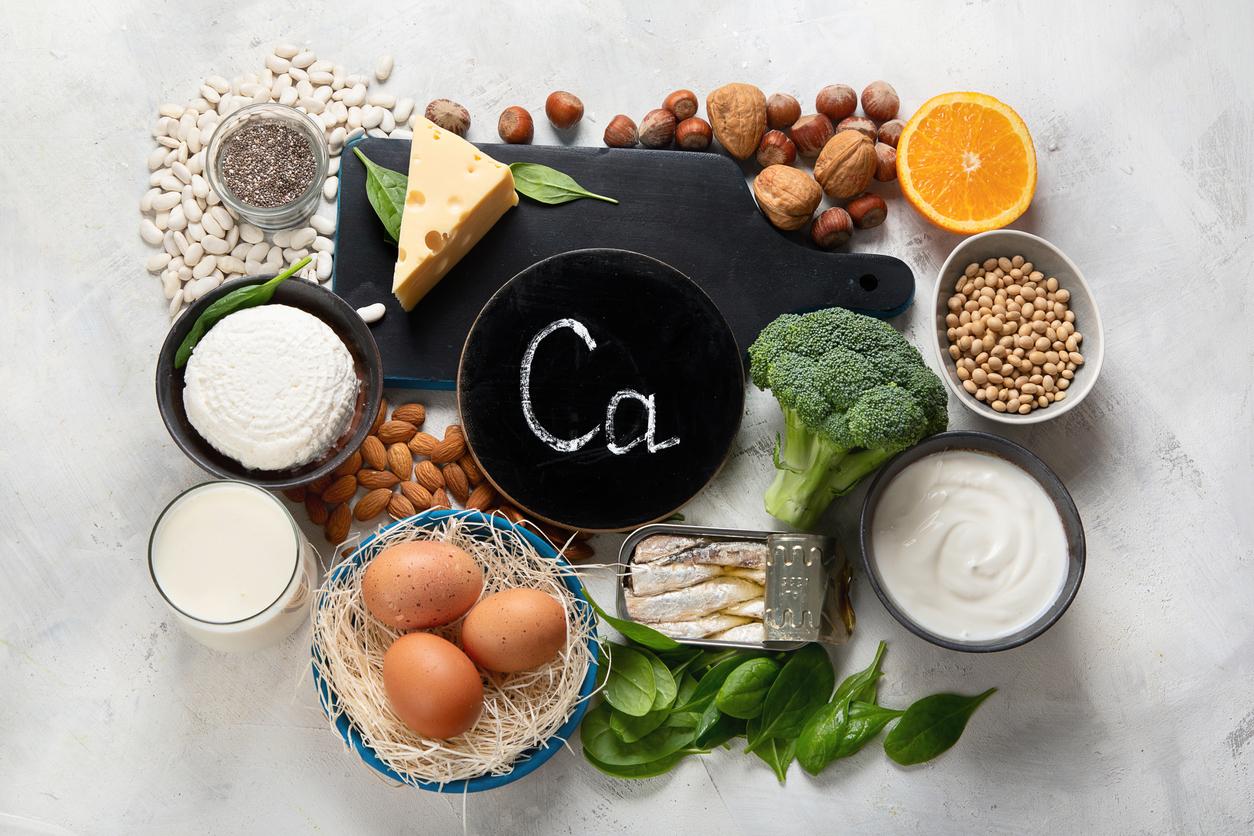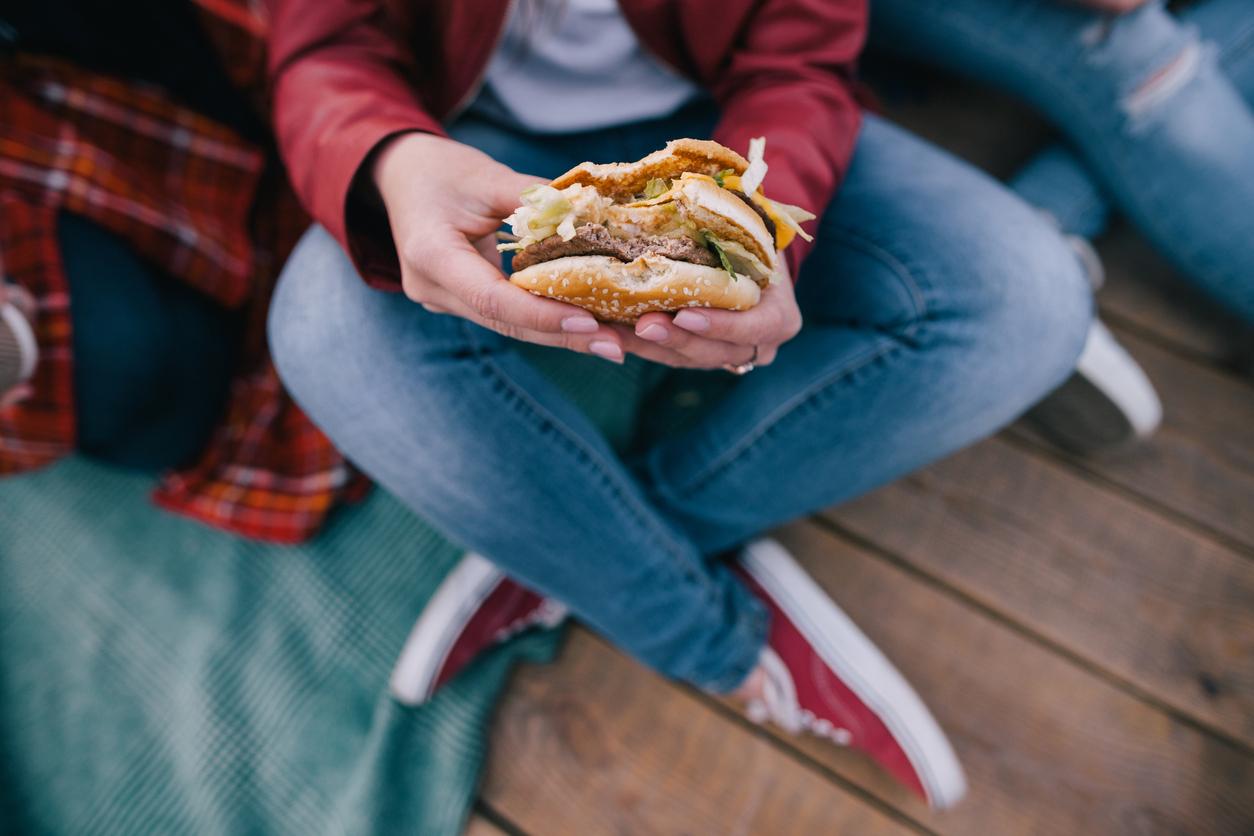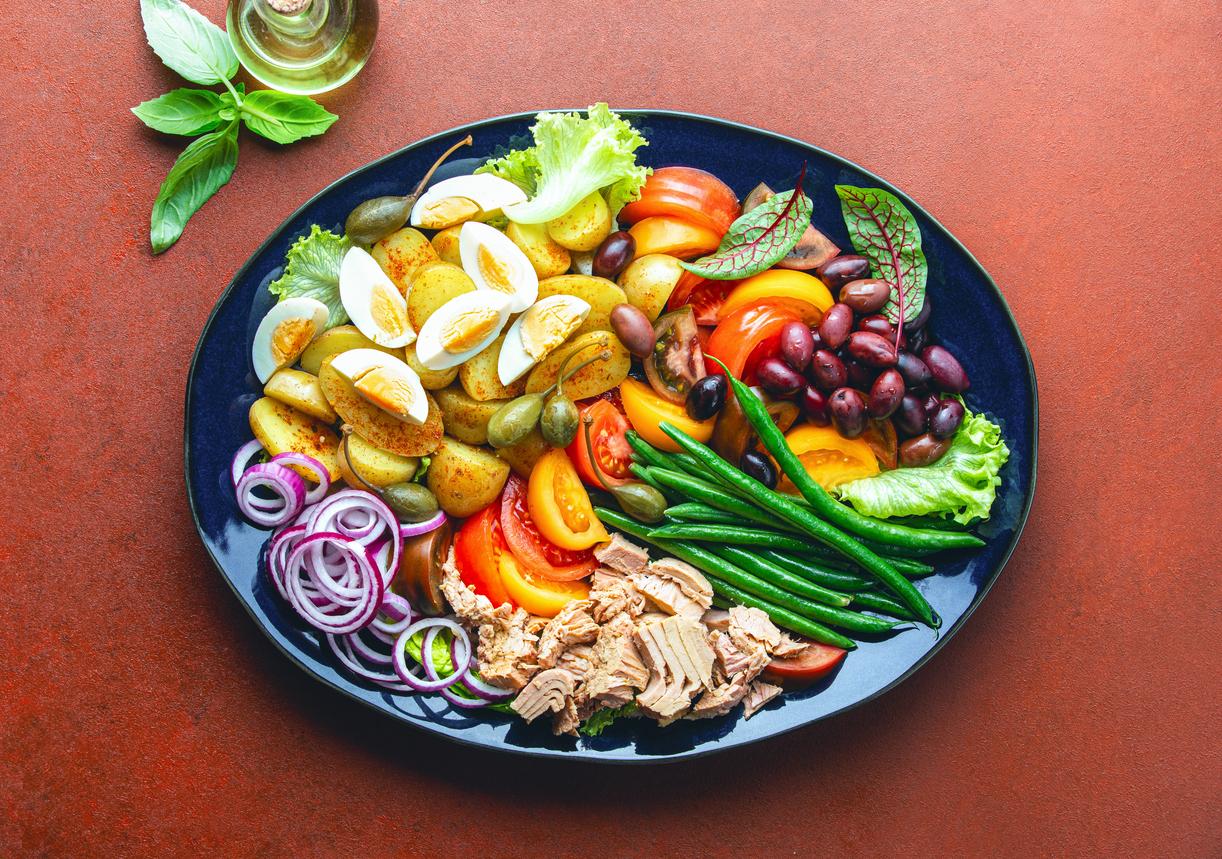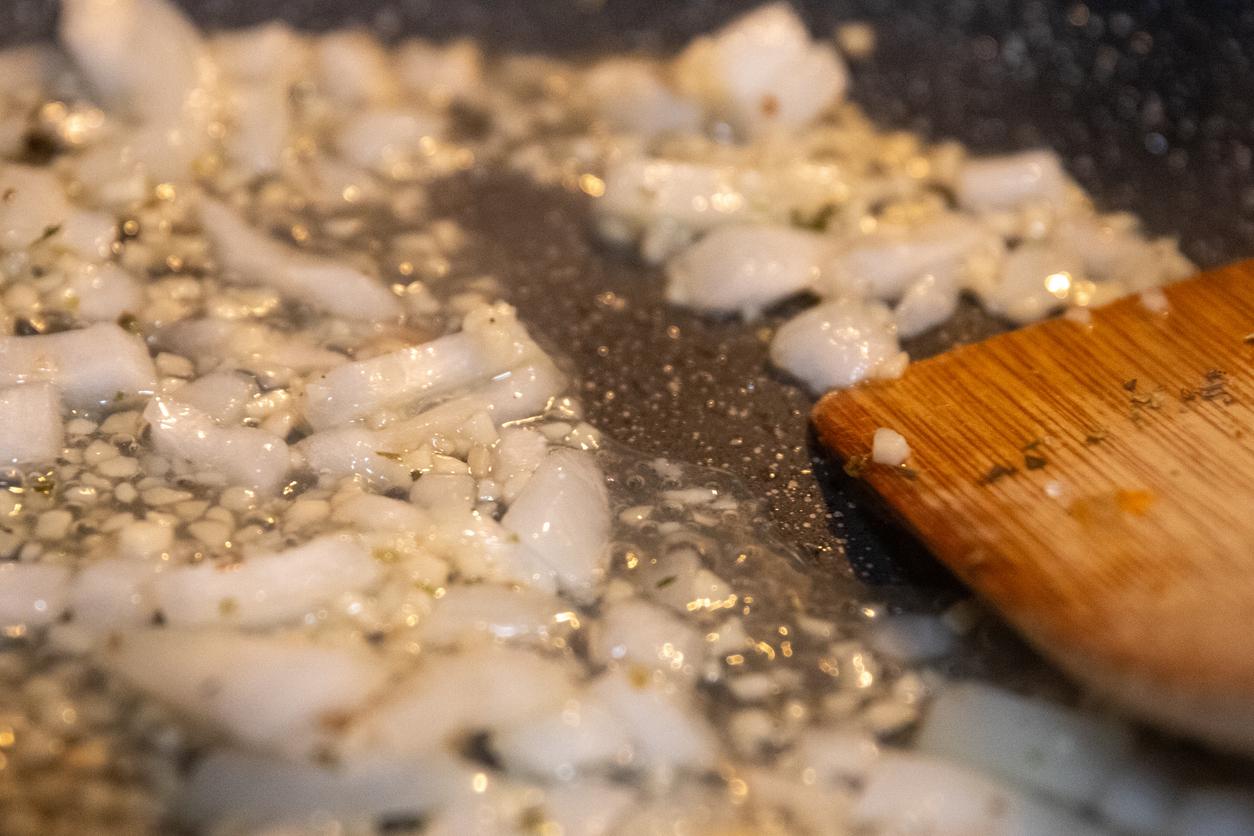Why do some little ones not like food with chunks? Danish researchers shed light on this common childhood repulsion.

- Many children are not keen on seeds, pulp or chunks in their food. A study shows that they are least tolerant of it at age 6.
- The rejection of complex textures could be linked to a protective reflex against new foods.
- To diversify your children’s diet, you should not hesitate to introduce new dishes between 8 and 15 times.
Does your child start a fuss when there is fruit in their yogurt, pulp in their orange juice, lumps in their purée? The repulsion for “chunks” is common among the youngest. And according to researchers from the University of Copenhagen, it is most frequent at age 6. In their study of food preferences during childhood published on July 1, 2024, they attempt to explain the origin of this widespread repugnance among this age group.
6 year olds don’t like chunks
To better understand the food tastes of young children, the researchers asked 485 children aged five to 12 to choose between six different foods that did and did not contain lumps, seeds and pieces of fruit. The images included bread, orange juice, peanut butter, strawberry jam, yogurt or tomato soup. In a second trial, the same test was conducted with real food.
76% of six-year-olds opted for lump-free foods. This is the highest rate among all age groups. For comparison, 69% of 5-year-olds and 74% of 7-year-olds preferred lump-free foods. After 6 years, the rejection rate decreases as the age increases. Thus, only 56% of 12-year-olds do not like lumps.
“The fact that children generally don’t like too many lumps in their food is probably something that many people can recognise. But this is the first time that a scientific study has so clearly linked a specific age group, namely six-year-olds, to this food preference.”explains Dr Ching Yue Chow, first author of the study in a communicated.
Children’s food preferences: where does this rejection come from?
Why do people reject food with chunks around the age of 6? Ching Yue Chow suggests a hypothesis: a protective reflex.
“Food neophobia is often described as the reluctance to eat new or unfamiliar foods. It is thought to be a protective function to prevent children from eating potentially toxic foods or other dangerous things as they begin to become more independent. Studies have reported that food neophobia begins as early as weaning. It increases sharply as the child becomes more mobile and independent, peaking around age 6 or 7, explains the expert before concluding, So it makes sense that this particular group in our study doesn’t like too many lumps in their food, because that’s when they’re most cautious about food.”
He adds that the growing interest in textured foods that appears as we grow up could come from our surroundings: “As children reach school age, they may be more influenced by their classmates and others around them to try new types of foods and be more willing to broaden their horizons. We may also see that the proportion of people wanting to eat foods with chunks increases with age.”
How to help children discover new foods?
The researcher says you have to accept your child’s “anti-chunk phase,” even if it can be frustrating when it complicates mealtimes, and remember that it can change once they’re past the “critical age.” His advice is to simply continue to regularly introduce chunky foods.
“A lot of research on children and food shows that repeated exposure to new foods has a positive effect on their willingness to eat them. Specifically, it involves giving children the opportunity to try new foods when there is something on the plate that they are already familiar with. Often, it takes 8 to 15 times to introduce them to the new food before they develop a preference for it, but persistence pays off.”assures Ching Yue Chow.
On the other hand, forget about bargaining or blackmail. “Rewarding a child with ice cream for eating their broccoli is a very short-term strategy. Because the moment you take the ice cream away, they don’t want to eat healthy foods anymore. At the same time, you shouldn’t pressure a child or try to force them to eat certain things, because you risk them eating even less than before the new food because they associate it with something negative.”explains the scientist.















